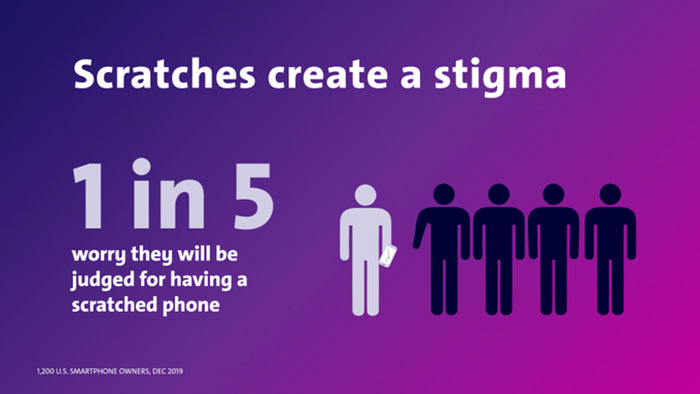Toughened glass specialist Corning has launched the latest generation of its Gorilla Glass. The successor to Gorilla Glass 6 eschews the numbering scheme progression and Corning have brainstormed a completely new grand sounding name for this iteration; Corning Gorilla Glass Victus.

A big claim for Gorilla Glass Victus is that it is the first iteration to "significantly improve both drop and scratch performance". The last time Corning prioritised scratch resistance over drop protection from shattering/cracking was with version 3. Seven years ago Gorilla Glass 3 was heralded as "three times better at preventing serious scratches."
My current >2 year old mobile has Gorilla Glass 5, which is a couple of generations newer than 3 (of course), and it hasn't picked up any screen scratches in the last 6 months, after I cast aside the worn screen protector.
So why has corning decided to bolster both scratch and drop toughness now? "Corning's extensive consumer research has shown that improved drop and scratch performance are key components of consumer purchasing decisions," commented John Bayne, SVP and GM, of Corning Mobile Consumer Electronics. Research and analysis of >90,000 consumers indicates that "the importance of drop and scratch performance has nearly doubled in seven years," according to the glass maker.

Corning outlines the Gorilla Glass Victus in simple English as follows; it can survive drops from up to 2m onto hard and rough surfaces, and it has much as twice the scratch resistance as Gorilla Glass 6. Compared to competitive aluminosilicate glasses, Gorilla Glass Victus is 4x better at fending off scratches.
Gorilla Glass has been designed into more than 8 billion devices by more than 45 major brands. That success looks to continue and Samsung is already a confirmed customer, and will be rolling out smartphones protected by Gorilla Glass Victus "in the near future".













